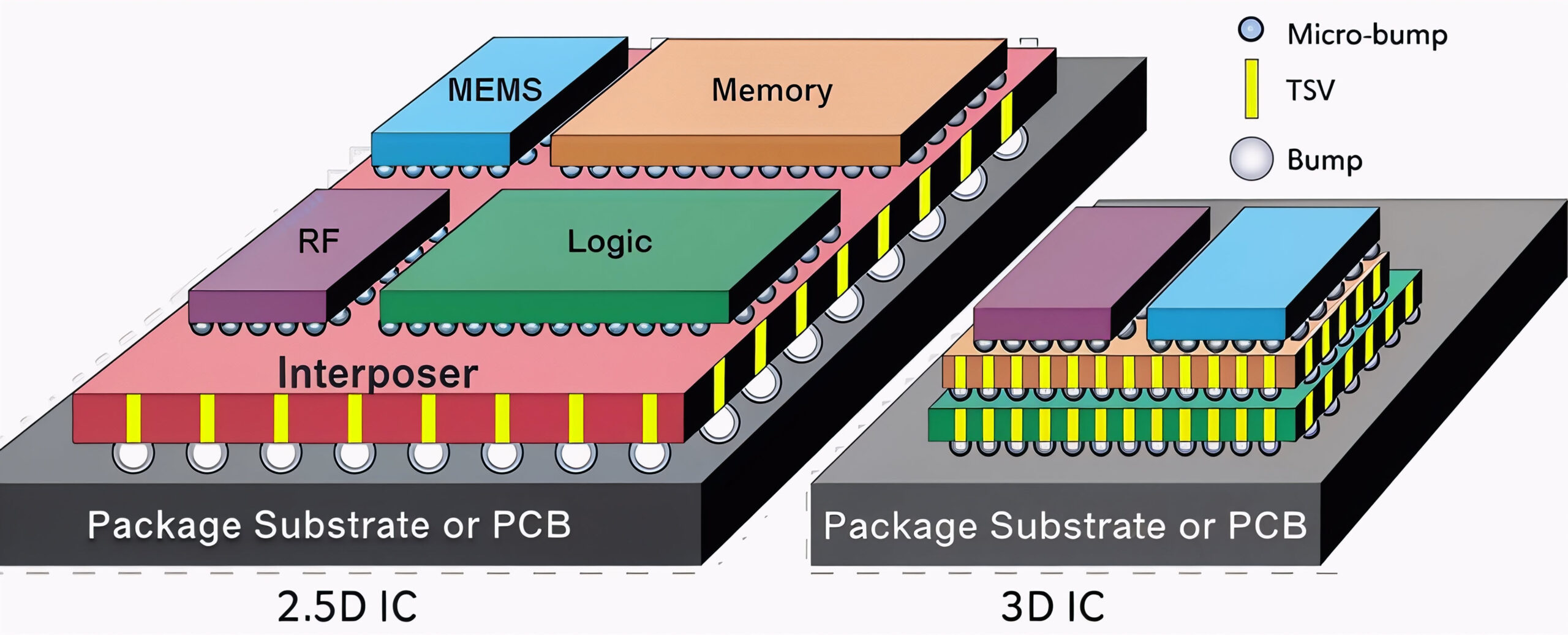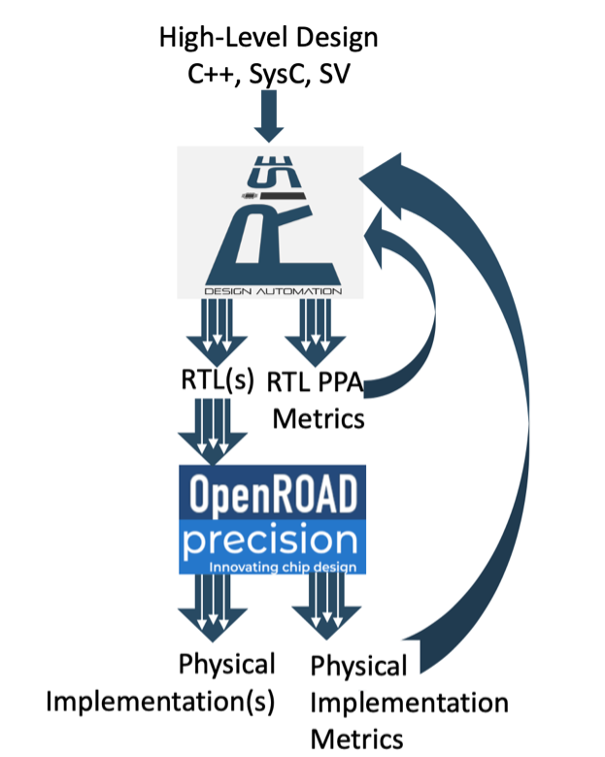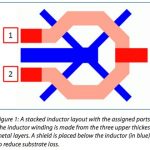Coming up are ANSYS/Apache seminars on Dimensions of Electronic Design. Watch the video where Arvind Shanmugavel gives some details about why you should attend. Probably most readers are in Silicon Valley, and the seminar here is on 18th at the Hyatt (next to Santa Clara convention center).
The seminars are free to qualified attendees.… Read More

















Quantum Computing Technologies and Challenges